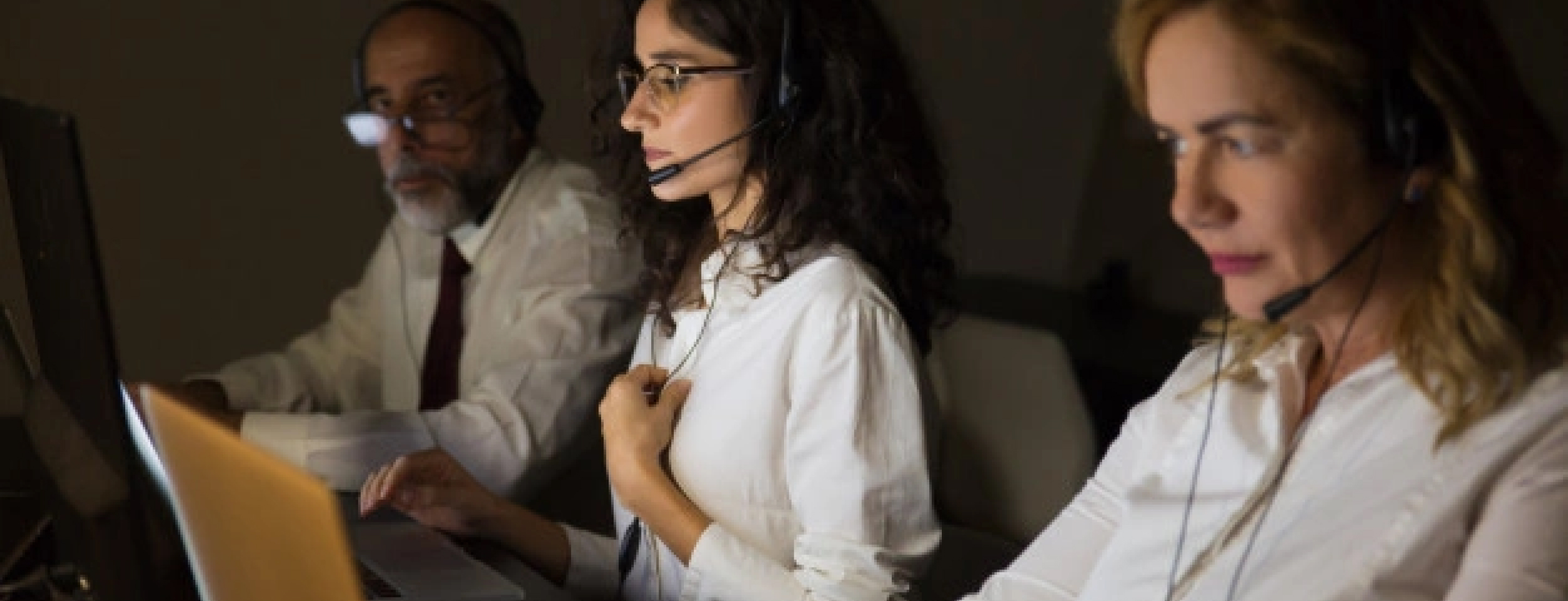It has been decades since the first release of a smartphone. Everyone probably remembers the days when phones were large accessories with restricted capabilities and relatively low efficiency. In contrast, current smartphone gadgets reflecting modern trends are little machines that can perform many tasks. These gadgets have become a part of one's lifestyle at home as well as at the workplace and have revolutionized the way people interact, do business and even enjoy leisure.
It is often said that remote workers are always connected through smartphones and various other devices; this characteristic is true in that sense, yet it remains a double-edged sword. Although it gives people a lot of freedom and opportunities to work, it also results in such disadvantages as work-life imbalance and people becoming easily burnt out.
In this article, we will learn why it is necessary to dedicate time to a digital detox for remote employees and how using breaks to separate from screens can improve a worker’s quality of life and productivity.
What Is a Digital Detox?
A digital detox is basically a period in which one discontinues using electronic devices, including smartphones, laptops, and tablets. It is aimed at stress relief, improving people’s quality of life, and their return to reality. This is particularly important if you are a remote worker who spends most of their time glued to a screen.
Why Remote Workers Need a Digital Detox
Flexibility and freedom define remote work; however, one main disadvantage is that the line between work life and personal life is not clear. It hinders people from having a clear distinction between their workplace and personal life, hence causing stresses like burnout, anxiety, and always feeling ‘switched on’. A digital detox is a chance to restart and re-energize, thus sustaining a positive work-life balance among online or remote employees.
1. Preventing Burnout
Burnout is a common issue among remote workers, often caused by the inability to disconnect from work. Without the physical separation of an office, the lines between work and rest blur, making it difficult to switch off. A digital detox allows remote workers to create boundaries, giving their minds and bodies a chance to recover. By stepping away from screens and work-related notifications, individuals can give themselves the mental space needed to recharge, leading to increased resilience and reduced stress.
2. Improving Mental Health
Constant exposure to screens and digital content can take a toll on mental health. Social media, in particular, can contribute to feelings of inadequacy, anxiety, and depression. By stepping away from digital devices, remote workers can reconnect with the present moment, engage in real-world activities, and improve their overall mental well-being.
Activities such as going for a walk, practicing a hobby, or spending time in nature can provide much-needed relief from the pressures of digital life, fostering a more positive mindset.
3. Enhancing Productivity
It may seem counterintuitive, but taking regular breaks from technology can actually enhance productivity. When remote workers are constantly connected, they are more prone to distractions and multitasking, which can lead to decreased efficiency. A digital detox helps clear the mind, allowing for better focus and creativity when it’s time to return to work. By reducing screen time, remote workers can experience improved concentration and more efficient problem-solving, ultimately leading to better work outcomes.
4. Reconnecting with Loved Ones
One of the downsides of being constantly connected is the impact it can have on relationships. Remote workers may find themselves prioritizing work-related tasks over spending quality time with family and friends. A digital detox provides an opportunity to reconnect with loved ones, strengthen bonds, and improve emotional health. By setting aside dedicated time for face-to-face interactions, remote workers can nurture their relationships and build deeper connections, enhancing their overall sense of fulfillment.
How to Know If You Need a Digital Detox
Recognizing the signs that you need a digital detox is the first step toward achieving a healthier balance. Here are some indicators that it might be time for you to take a break from your screens:
1. Feeling Overwhelmed and Stressed
If you frequently feel overwhelmed by your workload or stressed from constant notifications, it may be a sign that your digital life is impacting your mental health. High levels of stress and feeling perpetually on edge can indicate that a digital detox is needed. By taking a break from screens, you can reduce stress levels and create a more manageable work environment.
2. Difficulty Sleeping
Excessive screen time, especially before bed, can disrupt your sleep patterns. If you’re experiencing trouble falling asleep, waking up frequently during the night, or feeling tired even after a full night's rest, a break from screens could help improve your sleep quality. Reducing screen time before bed can lead to more restful sleep and improved overall well-being.
3. Neglecting Personal Relationships
If you notice that you're spending more time engaging with digital devices than with family and friends, it’s a sign that your online presence is overshadowing your real-world interactions. A digital detox can help you re-engage with loved ones and strengthen your personal connections. Prioritizing quality time with those around you can enhance your emotional support system and improve your overall happiness.
4. Reduced Productivity and Focus
Struggling with focus, procrastination, or feeling less productive at work can be signs of digital fatigue. If you find that you’re constantly distracted by notifications or feel that your work is suffering, taking a break from digital devices may help reset your concentration and boost your efficiency. Implementing tech-free periods during the day can help improve your focus and productivity.
5. Physical Symptoms
Prolonged screen time can lead to physical issues such as eye strain, headaches, or neck and back pain. If you’re experiencing these symptoms, it’s a clear indication that your body needs a break from digital screens. A digital detox can provide relief and prevent further discomfort. Incorporating regular breaks and ergonomic adjustments into your routine can also help alleviate physical strain.
How to Implement a Digital Detox
The idea of unplugging can be daunting, especially for remote workers who rely on technology for their livelihood. However, a digital detox doesn’t have to mean going completely offline. It’s about finding a balance and making intentional choices to reduce screen time. Here are some tips to get started:
1. Set Boundaries
Establish specific times during the day when you will disconnect from work-related devices. This could be during meals, in the evenings, or on weekends. Communicate these boundaries with your colleagues and clients to manage expectations. Setting clear limits helps create a healthier work-life balance and reduces the risk of burnout.
2. Designate Tech-Free Zones
Create areas in your home where digital devices are not allowed. This could be the bedroom, dining room, or any space where you want to focus on relaxation and connection with others. By establishing tech-free zones, you can promote healthier habits and encourage more meaningful interactions.
3. Engage in Offline Activities
Fill your free time with activities that don’t involve screens. This could include reading a physical book, going for a walk, cooking, or spending time with loved ones. Engaging in offline hobbies helps to break the habit of constantly reaching for your phone or laptop, providing a refreshing change from digital overload.
4. Practice Mindfulness
Mindfulness practices, such as meditation or deep breathing, can help remote workers become more aware of their digital habits. By being present at the moment, you can make more conscious decisions about when and how to use technology. Mindfulness can also enhance overall well-being and reduce stress.
5. Changes in Mood and Behavior
If you find yourself experiencing frequent mood swings, irritability, or a general sense of unhappiness, this could be another sign that you need a digital detox. Excessive time spent on screens can impact your emotional well-being and contribute to feelings of frustration or anxiety. Taking a break from digital devices can help stabilize your mood, improve your emotional resilience, and create a more balanced outlook on life. Engaging in offline activities and reconnecting with yourself can also enhance your overall sense of well-being and happiness.
6. Use Technology Mindfully
Not all technology use is detrimental. The key is to be mindful of how and when you use it. For example, consider turning off non-essential notifications, scheduling specific times to check emails, and using apps that promote well-being, such as those for meditation or exercise. Mindful use of technology helps maintain a healthy relationship with digital tools and promotes a more balanced lifestyle.
Conclusion
A digital detox is a powerful tool for remote workers seeking to improve their well-being and work-life balance. By taking deliberate breaks from technology, individuals can prevent burnout, enhance mental health, boost productivity, and strengthen personal relationships.
Implementing strategies such as setting boundaries, designating tech-free zones, and engaging in offline activities can lead to a healthier and more fulfilling remote work experience. Embracing a digital detox may be challenging, but the benefits of disconnecting from screens and reconnecting with the real world are well worth the effort.
Recommended Reads:
6 Meditation Apps to Reduce Stress and Improve Focus While Working Remotely
5 Essential Budgeting Apps for Remote Workers and Virtual Assistants
5 Daily Routines That Will Optimize Your Work-From-Home Life


